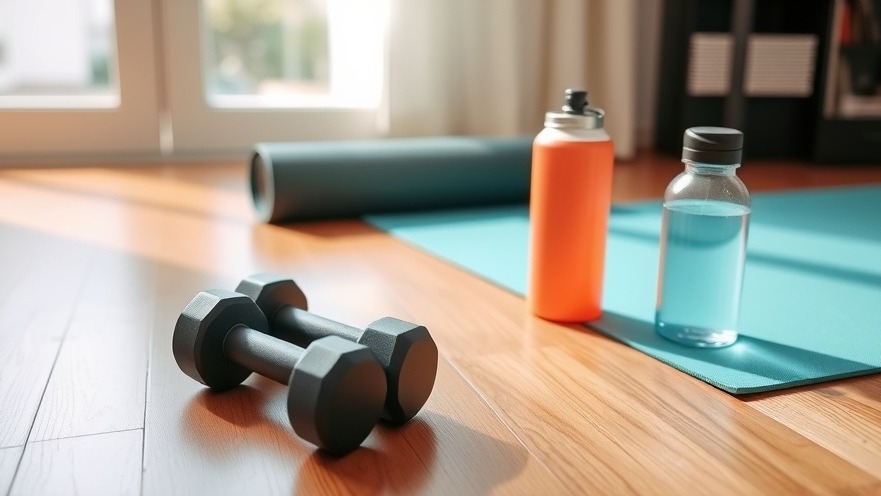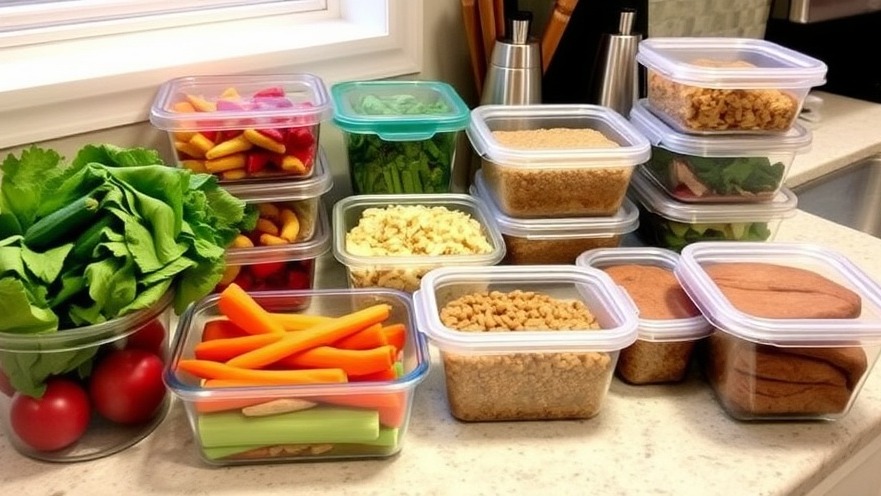
Breaking Free from the All-or-Nothing Trap
Losing weight often feels like you're being pulled in every direction. One minute you’re told to cut carbs, the next it’s all about counting every calorie.
With so much noise, it’s easy to fall into the “all-or-nothing” trap—thinking that fat loss means eating perfectly or not trying at all.
That mindset can be dangerous. Many people start strong with strict rules but quickly burn out. Janet, like many others, used to believe she had to be perfect.
But she learned that progress doesn't require perfection—it requires consistency. Instead of asking, “What do I have to give up?” she started asking a better question:
“How much can I eat and still make progress?”
This shift changed everything. It allowed her to enjoy meals, stop fearing food, and build a relationship with eating that felt good—not punishing.
“Weight loss is not about willpower—it’s about creating an environment that makes healthy choices easier,” says registered dietitian Abbey Sharp.
It’s not about eating less—it’s about eating smarter and treating yourself with patience.
Practical Strategies That Work in Real Life
Janet’s success wasn’t magic. It came from small decisions she repeated every day—decisions that matched her lifestyle, not someone else’s.
Enjoying Favorite Foods
Instead of cutting out foods she loved, Janet made them part of her plan. She didn’t eat pizza every day, but she didn’t avoid it either.
By learning to include foods like pasta or dessert in appropriate portions, she stayed satisfied without feeling restricted.
A 2022 review in Appetite found that people who eat “forbidden foods” mindfully—without guilt—are actually more successful at long-term fat loss than those who restrict them entirely.
Making Movement Simple
Janet didn’t join a fancy gym. She walked. Every day. Rain or shine. Her walks weren’t intense, but they were consistent. And that mattered. Walking boosted her energy, helped her sleep better, and gave her a break from daily stress.
Regular walking also supports blood sugar regulation, digestion, and recovery—all key factors in fat loss. As little as 20 minutes a day can make a difference.

Strength Training a Few Times a Week
Resistance training is one of the most overlooked tools for fat loss. Janet added simple bodyweight circuits at home, using videos and a pair of dumbbells.
These 30-minute workouts helped her build lean muscle, which increased her resting calorie burn.
“Muscle is metabolically active tissue,” says fitness coach Ben Carpenter. “The more muscle you have, the more energy your body uses, even at rest.”
She didn’t train like an athlete—she trained like someone who wanted to feel strong and confident in her body.
Eating With Flexibility
Janet’s meals changed depending on her day. If she had a long walk or workout, she added more carbs for energy. On restful days, she ate lighter. No guilt, no stress. Just self-awareness.
This is called intuitive eating—listening to your body’s signals rather than following a rigid rulebook.
“Learning to trust your hunger and fullness cues can rebuild a healthy relationship with food,” says intuitive eating expert Evelyn Tribole.

Mental Shifts That Made the Difference
The real transformation wasn’t just physical—it was mental.
Janet began journaling about her goals and reflecting on emotional triggers. She noticed she often ate when she was bored or stressed, not truly hungry.
Once she acknowledged that, she found other ways to cope—like stretching, calling a friend, or sipping herbal tea.
Progress, Not Perfection
She gave herself permission to mess up. One skipped workout or one cookie didn’t mean the whole week was ruined. She stopped punishing herself for being human.
This mindset reduced stress and helped her bounce back faster.
“Most people fail because they expect perfection. But the key is consistency over time,” says personal trainer Sohee Lee.
Internal Motivation
Instead of trying to look a certain way, Janet focused on how she felt. She wanted more energy, better sleep, and fewer aches. That internal motivation kept her going when the scale didn’t move.
She stopped letting the number on the scale decide her worth.

Building a Lifestyle, Not Following a Diet
Janet didn’t want a short-term diet. She wanted a way of living that felt natural, not forced. So she focused on habits instead of hacks.
What That Looked Like:
She prepped meals on Sundays to avoid last-minute takeout.
She swapped afternoon energy drinks for a walk and water.
She built a nighttime routine that helped her sleep deeply.
These habits weren’t dramatic. But they were repeatable. And they worked.
“Willpower fades. Habits stick. That’s why lasting change comes from daily routines, not motivation,” says James Clear, author of Atomic Habits.
She also found support from a local wellness group. Sharing her goals with others kept her accountable and reminded her she wasn’t alone.
Simple Steps to Start Today
You don’t need a perfect plan. You just need a starting point. Here are small steps that can launch your own transformation:
Add a 20-minute walk each day. Don’t overthink it—just start moving.
Eat a protein source with every meal—chicken, beans, tofu, eggs, or fish.
Drink more water, especially in the morning and between meals.
Replace judgment with curiosity. If you overeat, ask: “What led to that?” instead of saying “I failed.”
Find one form of movement you enjoy—dancing, walking, biking, yoga—and do it regularly.
Don’t eat in front of screens. Focus on your food and stop when you're 80% full.
These steps are simple, but they build momentum.
Take the Leap Toward Your Own Transformation
Janet’s journey shows us that fat loss isn’t about deprivation—it’s about discovery. It’s about learning what works for your body, your lifestyle, and your mind.
She didn’t chase a number on the scale. She chased a feeling—confidence, peace, balance. And she got it.
If you’re ready to start your own transformation, remember: you don’t need to do it all today. Just take one step. Then another. Before long, your small changes will become your new normal.
“The goal isn’t to become someone else. It’s to become the healthiest version of you.”
Janet’s experience reinforces the need to follow a structured fat loss plan. Whether you’re just starting or restarting, sustainable fat loss is within reach—and it can feel better than you ever imagined.
Looking for more fitness inspiration? Visit our Fitness Focus section — and check out other wellness categories on Sacramento Living Well.
---
Authored by the Sacramento Living Well Editorial Team — a publication of DSA Digital Media, dedicated to highlighting wellness, local living, and inspiring community stories throughout Greater Sacramento.
 Add Row
Add Row  Add
Add 





Write A Comment